|
I am a Professor at University of Electronic Science and Technology of China, where I work on Deep Learning. I am always looking for self-motivated bachelor students (mainly final-year project), master students, Ph.D students as well as Postdoctoral Scholars. Please drop me your resume if you are interested. This page may not be maintained and please visit my new homepage. Thanks.
|

|
|
|
|
|
|
|
|
|
|
I'm interested in machine learning, deep learning, computer vision, image processing and their applications. |
|
|
|
|
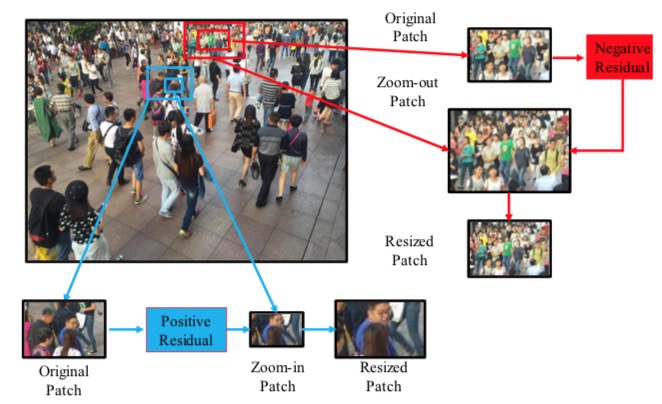 
|
Joey Tianyi Zhou, Le Zhang* , Jiawei Du, Xi Peng, Zhiwen Fang, Zhe Xiao and Hongyuan Zhu IEEE Transactions on Pattern Analysis and Machine Intelligence (T-PAMI) , 2021. Project Page / Bibtex We tackle the long-standing problem of imbalanced data distribution by proposing a simple yet effective locality-based learning paradigm. The method is locality-aware in two aspects. First, we introduce a locality-aware data partition (LADP) approach to group the training data into different bins via locality-sensitive hashing. As a result, a more balanced data batch is then constructed by LADP. To further reduce the training bias and enhance the collaboration with LADP, a new data augmentation method called locality-aware data augmentation (LADA) is proposed where the image patches are adaptively augmented based on the loss. We demonstrate the versatility of the proposed method by applying it for crowd counting and adversarial defense. |
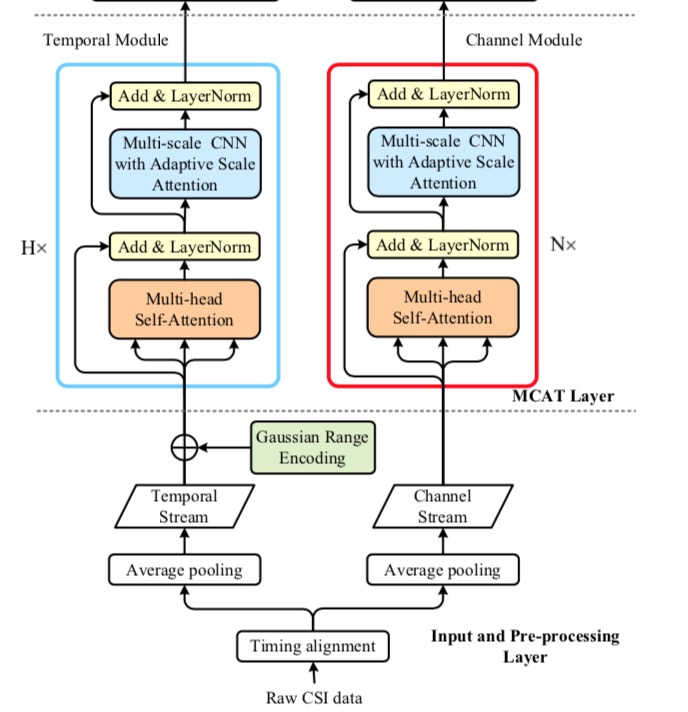 
|
Bing Li, Wei Cui, Wei Wang, Le Zhang, Zhenghua Chen and Min Wu AAAI , 2021. Project Page / Bibtex we propose a novel Two-stream Convolution Augmented Human Activity Transformer (THAT) model to utilize a two-stream structure to capture both time-over-channel and channel-over-time features, and use the multi-scale con-volution augmented transformer to capture range-based patterns. |
|
|
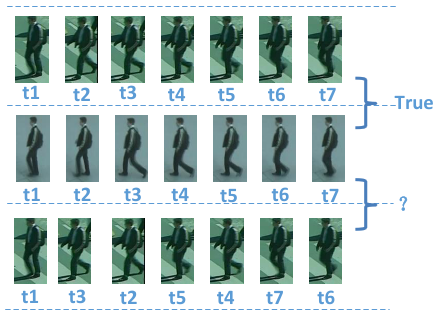 
|
Le Zhang, Joey Tianyi Zhou, Ming-Ming Cheng, Yun Liu, Jia-Wang Bian, Zeng Zeng, Chunhua Shen IEEE Transactions on Pattern Analysis and Machine Intelligence (T-PAMI) , 2020. Project Page / Bibtex We first show that the common practice of employing recurrent neural networks (RNNs) to aggregate temporalspatial features for Video-based Person Reid (VPRe-id) may not be optimal. Specifically, with a diagnostic analysis, we show that the recurrent structure may not be effective learn temporal dependencies than what we expected and implicitly yields an orderless representation. Based on this observation, we then present a simple yet surprisingly powerful approach for VPRe-id, where we treat VPRe-id as an efficient orderless ensemble of image based person re-identification problem. More specifically, we divide videos into individual images and re-identify person with ensemble of image based rankers. Under the i.i.d. assumption, we provide an error bound that sheds light upon how could we improve VPRe-id. Our work also presents a promising way to bridge the gap between video and image based person re-identification. |
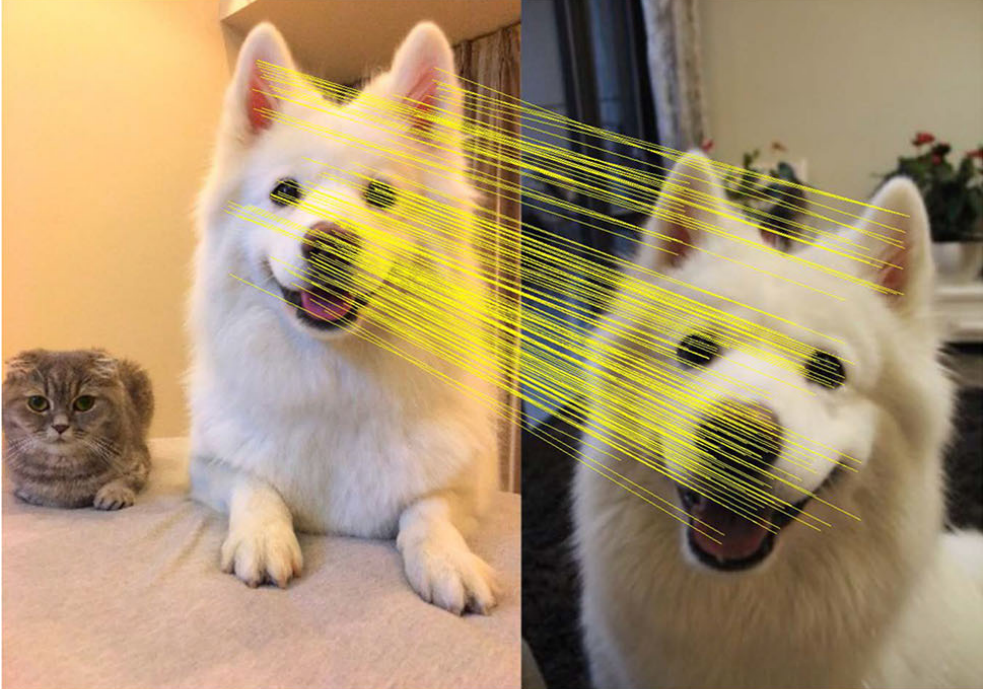 
|
Jia-Wang Bian, Wen-Yan Lin, Yun Liu, Le Zhang , Sai-Kit Yeung, Ming-Ming Cheng, Ian Reid International Journal of Computer Vision (IJCV) , 2020. Project Page / Opencv_contrib / Open Access / Youtube We presents a fast correspondence selection method to effectively separate true correspondences from false ones at high speed by leveraging the motion smoothness constraint. |
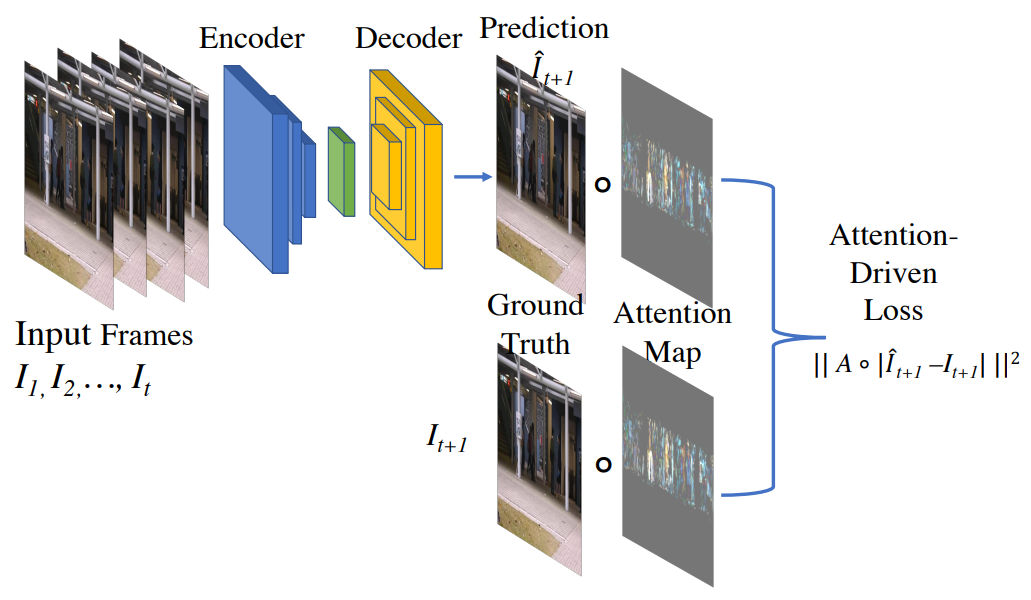 
|
Joey Tianyi Zhou, Le Zhang* , Zhiwen Fang, Jiawei Du, Xi Peng, Xiao Yang IEEE Transactions on Circuits and Systems for Video Technology (T-CSVT), 2020. Project Page / PDF We provide a simple solution to alleviate the foreground-background imbalance problem in video anomaly detection. |
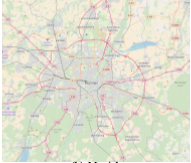 
|
Zhiguang Cao, Hongliang Guo, Wen Song, Kaizhou Gao, Zhenghua Chen,Le Zhang, Xuexi Zhang IEEE Transactions on Vehicular Technology (T-VT) , 2020. We design a novel and practical Q-learning approach where the converged Q-values have the practical meaning as the actual probabilities of arriving on time so as to improve the accuracy of finding the real optimal path. |
|
|
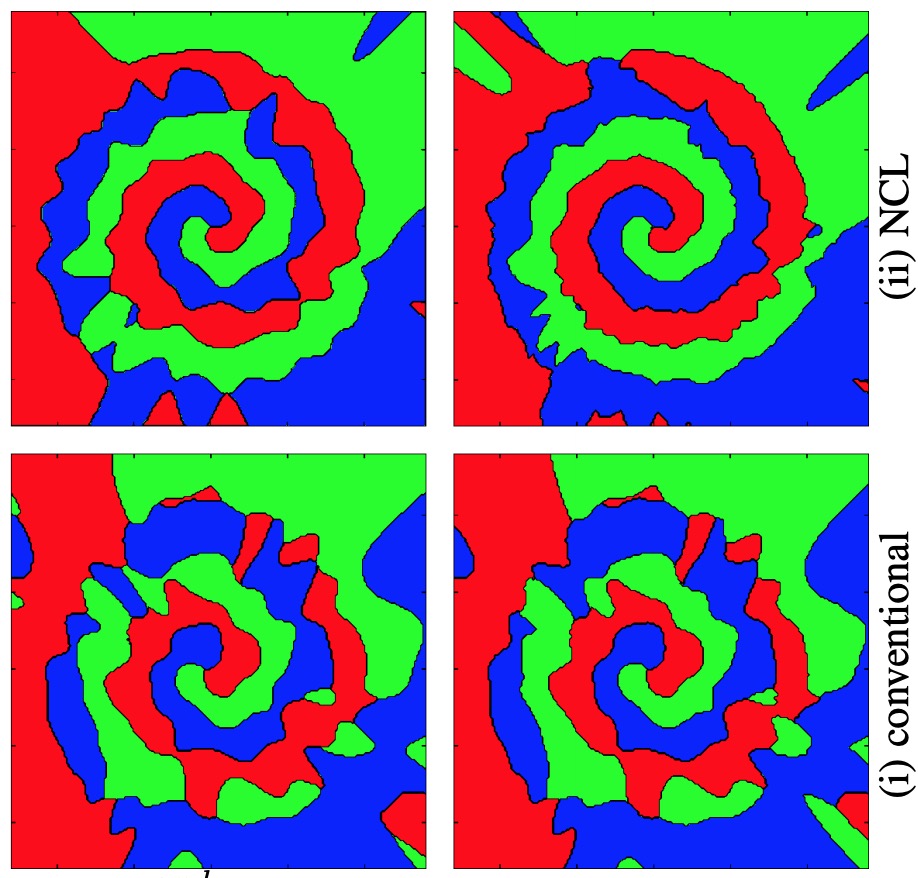 
|
Le Zhang, Zenglin Shi, Ming-Ming Cheng, Yun Liu, Jia-Wang Bian, Joey Tianyi Zhou, Guoyan Zheng, Zeng Zeng IEEE Transactions on Pattern Analysis and Machine Intelligence (T-PAMI) , 2019. project page / arXiv We provide a general deep regression framework which mimics ensemble learning with a single model. We demonstrate its effectiveness on several computer vision tasks including corwd counting, age estimation, apparent personality analysis and image super-resolution. |
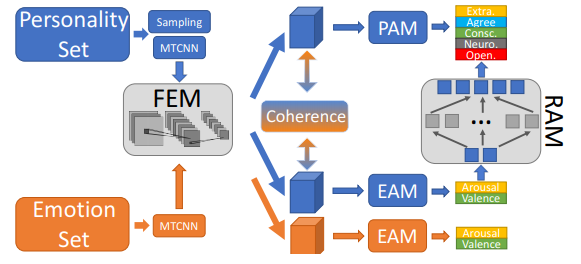 
|
Le Zhang, Songyou Peng and Stefan Winkler. IEEE Transactions on Affective Computing (TAC/TAFFC), 2019. Project Page A journal extension of our ACM MM paper for joint analysis of apparent personality, emotion and their relationship |
 
|
Jia-Xing Zhao, Yang Cao, Deng-Ping Fan, Ming-Ming Cheng, Xuan-Yi Li, Le Zhang IEEE Conference on Computer Vision and Pattern Recognition (CVPR) , 2019. Project Page In this paper, we utilize contrast prior, which used to be a dominant cue in none deep learning based SOD approaches, into CNNs-based architecture to enhance the depth information. |
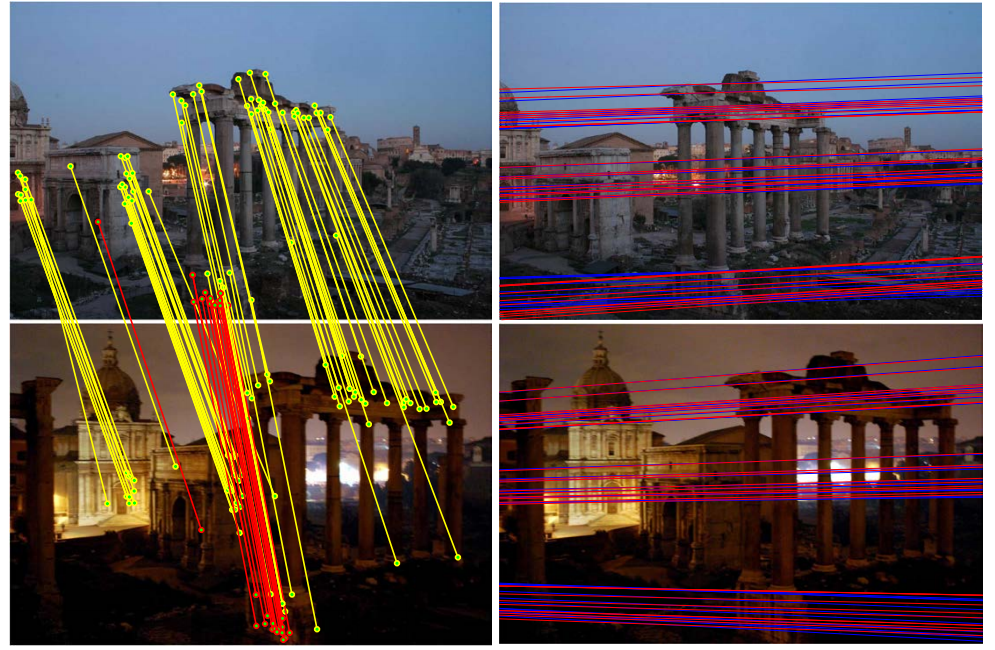 
|
Jia-Wang Bian, Yu-Huan Wu, Ji Zhao, Yun Liu, Le Zhang, Ming-Ming Cheng, Ian Reid British Machine Vision Conference (BMVC) , 2019. project page This paper evaluates the recently proposed local features, correspondence pruning algorithms, and robust estimators using strictly defined metrics in the context of image matching and fundamental matrix estimation. Comprehensive evaluation results on four large-scale datasets provide insights into which datasets are particularly challenging and which algorithms perform well in which scenarios. |
 
|
Rakesh Katuwal, P.N. Suganthan and Le Zhang. Pattern Recognition (PR) , 2019. We propose a heterogeneous oblique random forest that employs an oblique linear hyperplane at each node. On benchmarking 190 classifiers on 121 UCI datasets, we find that the oblique random forests proposed in this paper are the top 3 ranked classifiers with the heterogeneous oblique random forest being statistically significantly better than all other classifiers |
 
|
Zhenghua Chen, Le Zhang, Wu min, Xiaoli Li. in book “Deep Learning for Biomedical Data Analysis: Techniques, Approaches and Applications”, Springer, to be published in 2020.
|
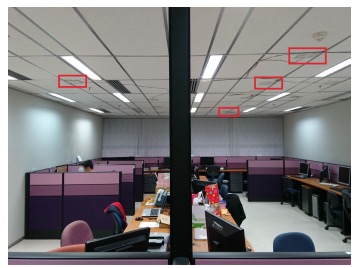 
|
Zhenghua Chen, Yanbing Yang, Chaoyang Jiang, Jie Hao, Le Zhang IEEE Transactions on Industrial Electronics (T-IE) , 2019. A Bayes filter with neural networks is proposed for the optimal estimation of occupancy based on light sensor data. |
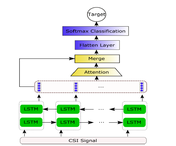 
|
Zhenghua Chen, Le Zhang*,Chaoyang Jiang, Zhiguang Cao, and Wei Cui (* indicates the corresponding author) IEEE Transaction on Mobile Computing (T-MC) , preprint. An attention based bi-directional long short-term memory for passive human activity recognition using WiFi CSI signals. |
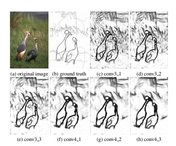 
|
Yun Liu, Ming-Ming Cheng, Xiaowei Hu, Jia-Wang Bian, Le Zhang, Xiang Bai and Jinhui Tang IEEE Transaction on Pattern Analysis and Machine Intelligence (T-PAMI), preprint. project page / Blog An accurate edge detector using richer convolutional features. |
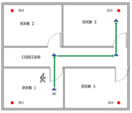 
|
Wei Cui, Bing Li, Le Zhang and Wei Meng, IEEE Systems Journal , preprint. A mobile location estimation scheme for realistically mixed LOS/NLOS/LOS-NLOS environments. |
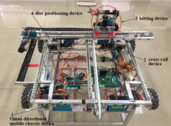 
|
Wei Chen, Tingbo Liao, Zhihang Li, HaozhiLin, Hong Xue,Le Zhang, Jing Guo, Zhiguang Cao Neurocomputing , preprint. An omnidirectional mobile badminton robot, which is composed of mechanical, visual and motion control subsystems. |
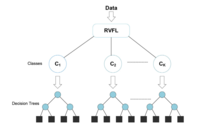 
|
Katuwal, Rakesh, P. N. Suganthan, and Le Zhang Applied Soft Computing , 2018. A new ensemble of classifiers that consists of decision trees and random vector functional link network for multi-class classification |
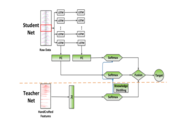 
|
Chen, Zhenghua, Le Zhang*, Zhiguang Cao, and Jing Guo (* indicates the corresponding author) IEEE Transactions on Industrial Informatics (T-II) , 2018. A novel knowledge distilling strategy to improve deep learning with handcrafed features |
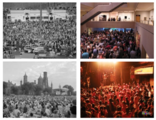 
|
Zenglin Shi, Le Zhang, Yibo Sun, and Yangdong Ye IEEE Transactions on Industrial Informatics (T-II) , 2018. project page we introduce a dynamic augmentation technique to train a much deeper CNN for crowd counting. In order to decrease over-fitting caused by limited number of training samples, multitask learning is further employed to learn generalisable representations across similar domains. We also propose to aggregate multi-scale convolutional features extracted from the entire image into a compact single vector representation amenable to efficient and accurate counting by way of "Vector of Locally Aggregated Descriptors" (VLAD). |
 
|
Cui, Wei, Le Zhang *,, Bing Li, Jing Guo, Wei Meng, Haixia Wang, and Lihua Xie (* indicates the corresponding author) IEEE Transactions on Industrial Informatics (T-II) , 2018. A robust and parallel RVFL for RSS based indoor positioning. |
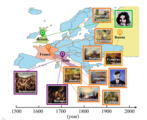 
|
Jufeng Yang, Liyi Chen, Le Zhang , Xiaoxiao Sun, Dongyu She, Shao-Ping Lu and Ming-Ming Cheng ACM Multimedia (MM) , 2018. Novel knowledge distilling strategy to assist visual feature learning in the convolutional neural network for painting style classification. |
 
|
Songyou Peng, Le Zhang , Stefan Winkler and Marianne Winslett ACM Multimedia (MM) , 2018. A technical Demo. A deep Siamese-like network is introduced to predict one's Big-Five personality and arousal-valence emotion from one portrait photo. |
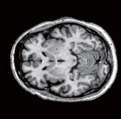 
|
Zenglin Shi, Guodong Zeng,Le Zhang , Xiahai Zhuang, Lei Li, Guang Yang, and Guoyan Zheng, International Conference On Medical Image Computing & Computer Assisted Intervention (MICCAI) , 2018. A probabilistic deep voxelwise dilated residual network to segment the whole heart from 3D MR images. |
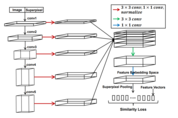 
|
Yun Liu, Peng-Tao Jiang, Xiaowei Hu, Vahan Petrosyan, Shi-Jie Li, Jia-Wang Bian, Le Zhang, and Ming-ming Cheng International Joint Conference on Artificial Intelligence (IJCAI) , 2018. project page We train a fully convolutional network to learn the feature embedding space for each superpixel. |
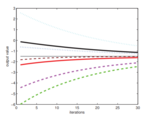 
|
Zenglin Shi, Le Zhang *, Yun Liu, Xiaofeng Cao, Yangdong Ye, Shi-Jie Li, and Guoyan Zheng (* indicates the corresponding author) IEEE Conference on Computer Vision and Pattern Recognition (CVPR) , 2018. project page / Blog With no extra parameters, we mimic ensemble learning within a single network. |
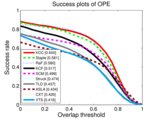 
|
Chen Wang, Le Zhang, Lihua Xie, Junsong Yuan, AAAI Conference on Artificial Intelligence (AAAI) , 2018. project page / Blog KCC extends KCF to any kernel function and is not limited to circulant structure on training data, thus it is able to predict affine transformations with customized properties. |
|
|
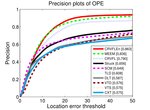 
|
Le Zhang and Ponnuthurai Nagaratnam Suganthan, IEEE Transaction on Cybernetics (T-Cyber) , 2017. project page Ensemble of randomized ConvNets for visual tracking. |
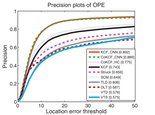 
|
Le Zhang and Ponnuthurai Nagaratnam Suganthan, Pattern Recognition (PR) , 2017. project page Ensemble of KCFs for visual tracking. |
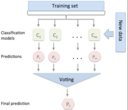 
|
Le Zhang, and Ponnuthurai Nagaratnam Suganthan, IEEE Computational Intelligence Magazine (IEEE CIM), 2017. A benchmark summarization for my PhD study. |
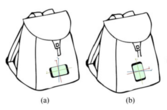 
|
Zhenghua Chen, Qingchang Zhu, Yeng Chai Soh and Le Zhang* (* indicates the corresponding author) IEEE Transaction on Industrial Informatics (T-II) , 2017. An online SVM for time series signal. |
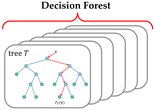 
|
Xueheng Qiu, Le Zhang, Ponnuthurai Nagaratnam Suganthan, and Gehan A.J. Amaratunga, Information Sciences , 2017. Extend the oblique random forest for regression problems. |
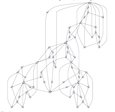 
|
Guo, Jing, Yaoxin Wu, Xuexi Zhang, Le Zhang, Wei Chen, Zhiguang Cao, Lu Zhang, and Hongliang Guo IET Intelligent Transport Systems , 2017. Improve the faster criterion in vehicle routing by extending the bi-delta distribution to the binormal distribution. |
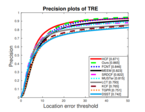 
|
Le Zhang, Jagan Varadarajan, Ponnuthurai Nagaratnam Suganthan, Narendra Ahuja, and Pierre Moulin, IEEE Conference on Computer Vision and Pattern Recognition (CVPR) , 2017. project page An incremental oblique random forest. |
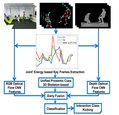 
|
Trabelsi, Rim, Jagannadan Varadarajan, Yong Pei, Le Zhang, Issam Jabri, Ammar Bouallegue, and Pierre Moulin. ACM Multimedia Workshop on Multimodal Understanding of Social, Affective and Subjective Attributes , 2017. We addressed the problem of dyadic interaction recognition using multi-modal data by combining all three modalities and uses both person centric features (via proxemic descriptors from 3D joints) and holistic features (via FCNN based color and depth features). |
|
|
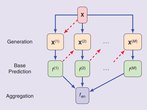 
|
Le Zhang*, Ye Ren* and Ponnuthurai Nagaratnam Suganthan (* indicates co-first authors). IEEE Computational Intelligence Magazine (IEEE CIM) , 2016. This paper reviews traditional emsemble learning as well as state-of-the-art deep ensemble methods and thus can serve as an extensive summary for practitioners and beginner. |
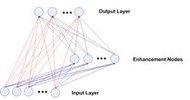 
|
Le Zhang, and Ponnuthurai Nagaratnam Suganthan . Information Sciences , 2016. Benchmark evaluation of RVFL. |
 
|
Le Zhang, and Ponnuthurai Nagaratnam Suganthan . Information Sciences , 2016.
|
|
|
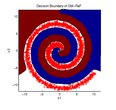 
|
Le Zhang, and Ponnuthurai Nagaratnam Suganthan . IEEE Transaction on Cybernetic (T-Cyber) , 2015. Oblique Random Forest by fast iterative clustering. |
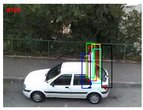 
|
Le Zhang, and Ponnuthurai Nagaratnam Suganthan . IEEE International Conference on Systems, Man, and Cybernetics , 2015. ConvNet for visual tracking. |
|
|
 
|
Le Zhang, and Ponnuthurai Nagaratnam Suganthan . Pattern Recognitio (PR) , 2014.
|
|
|